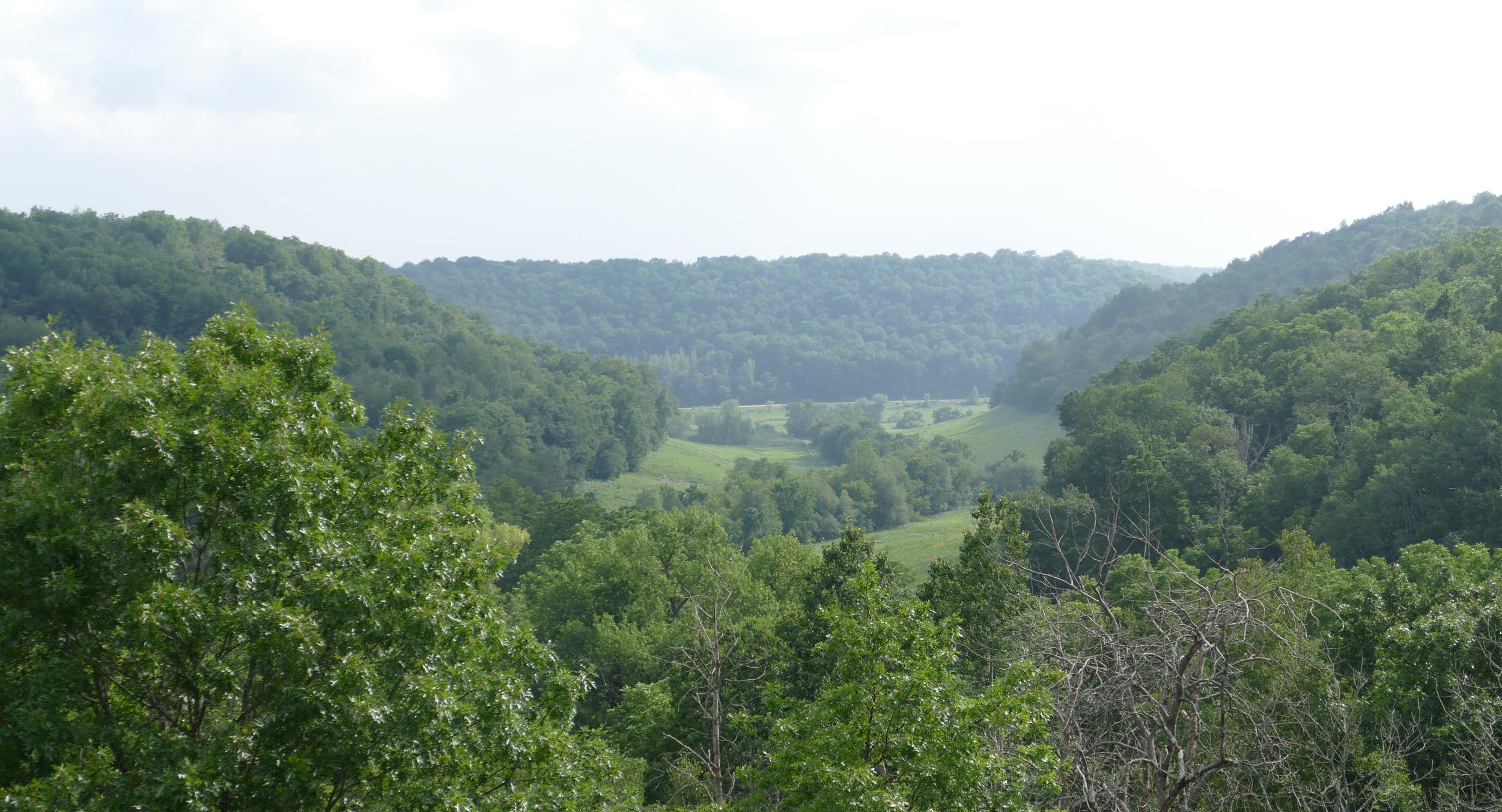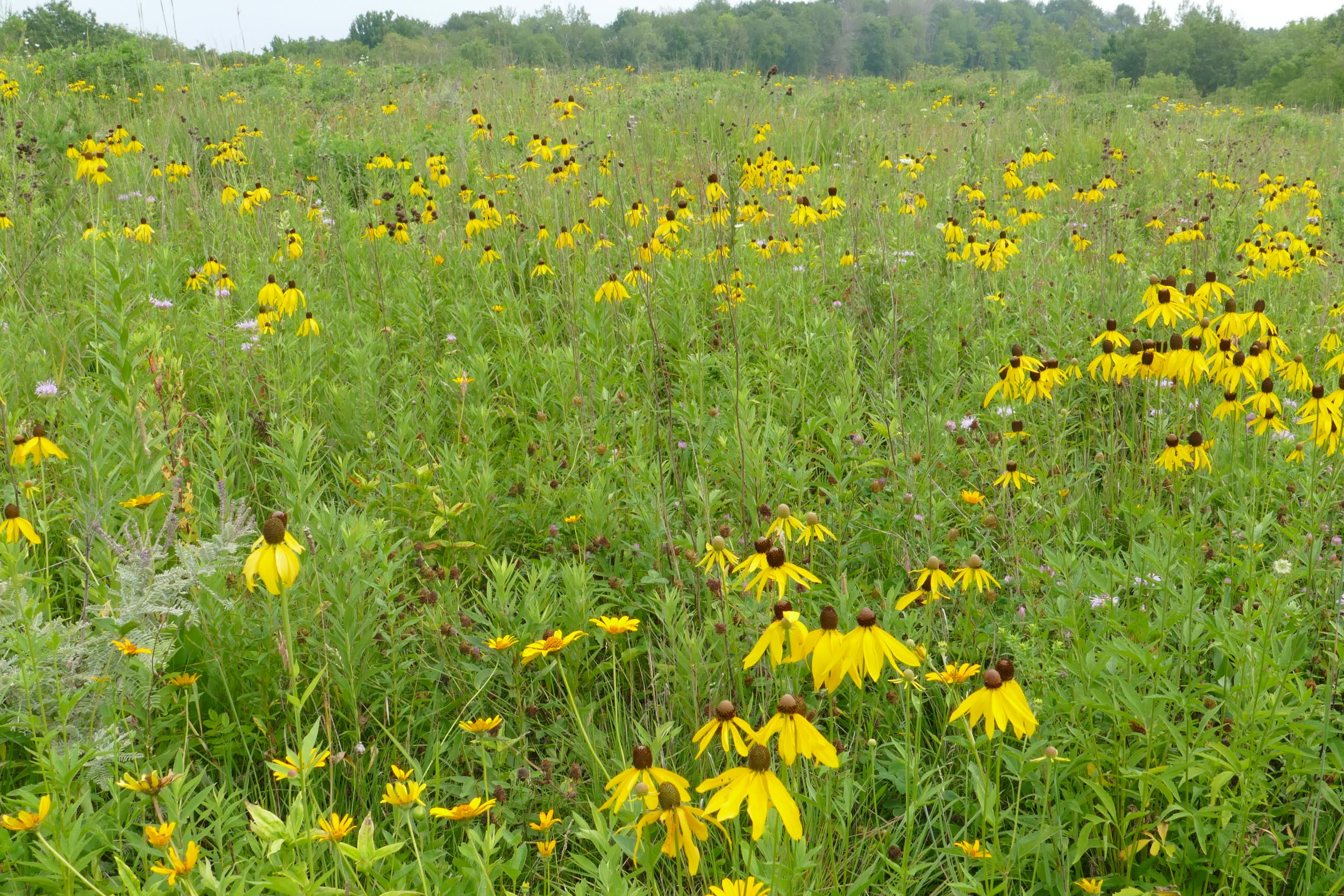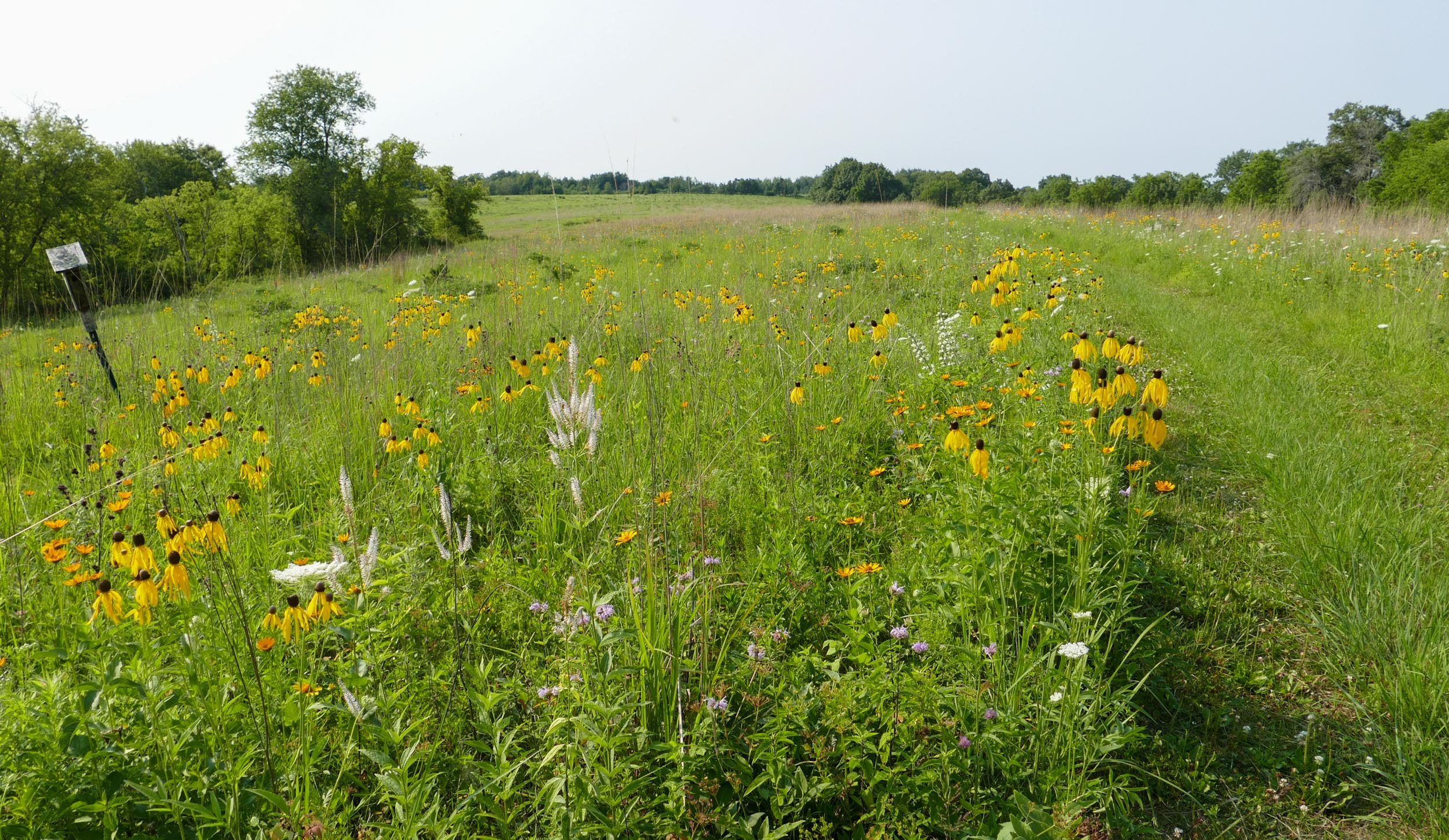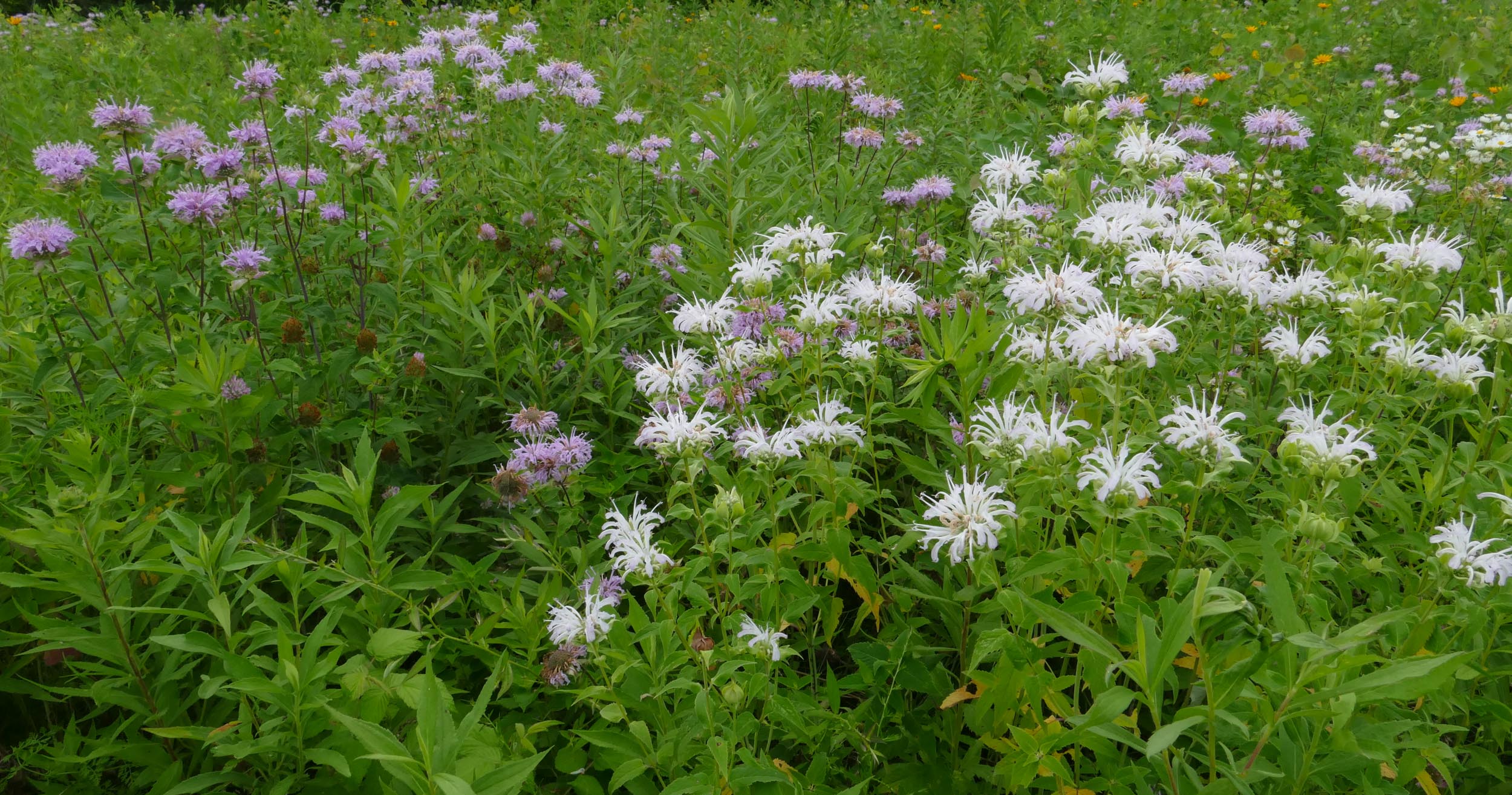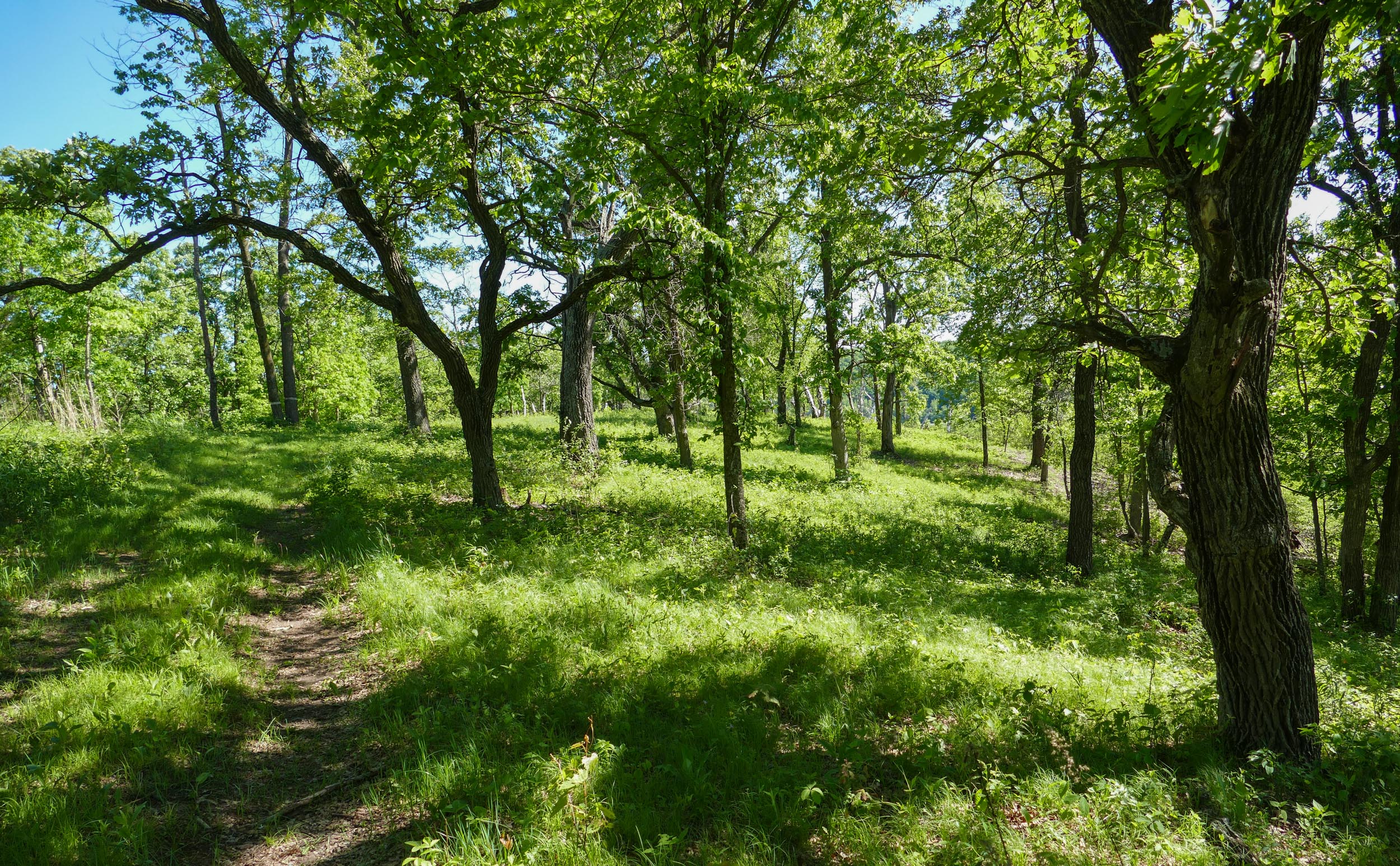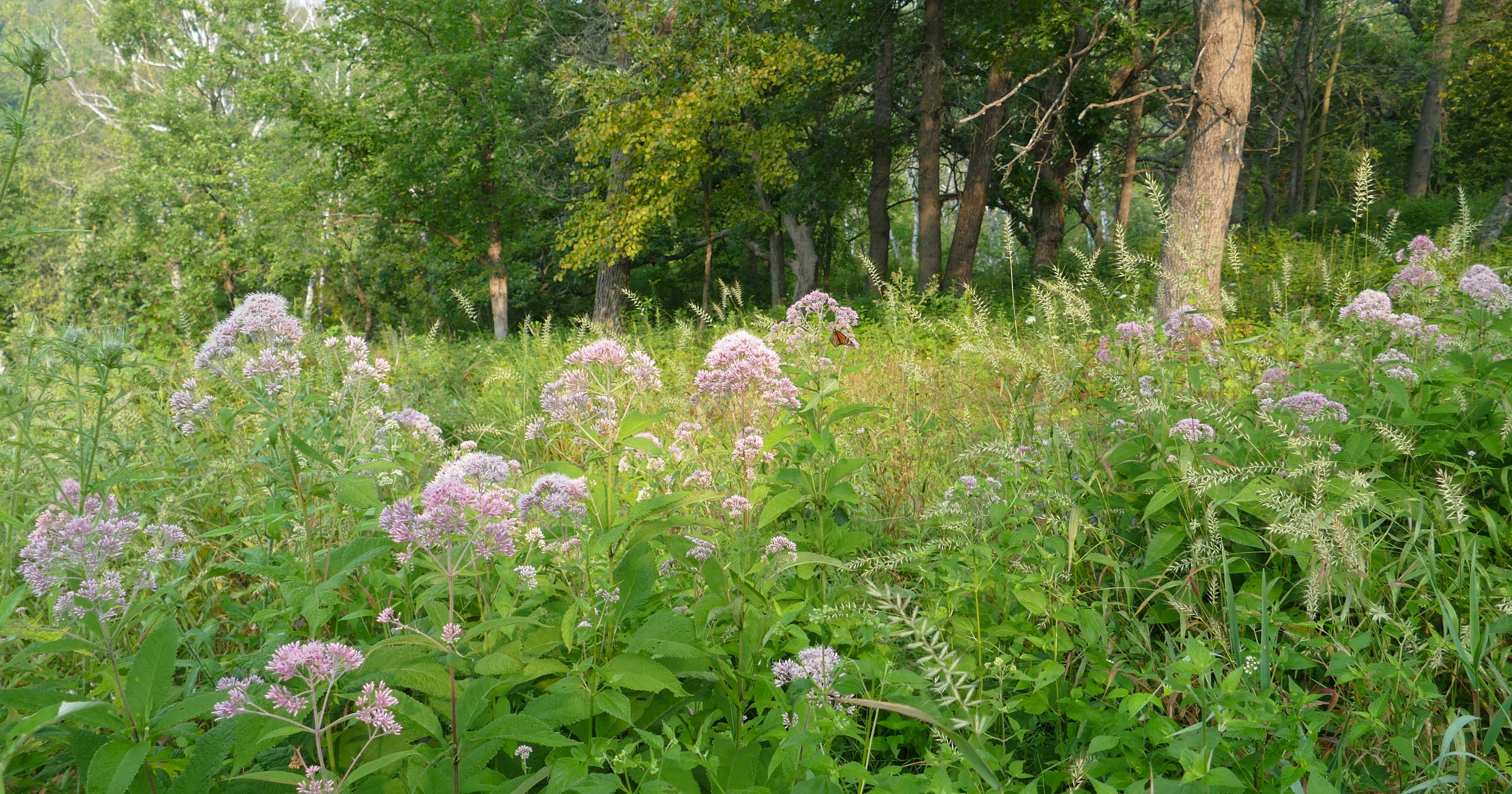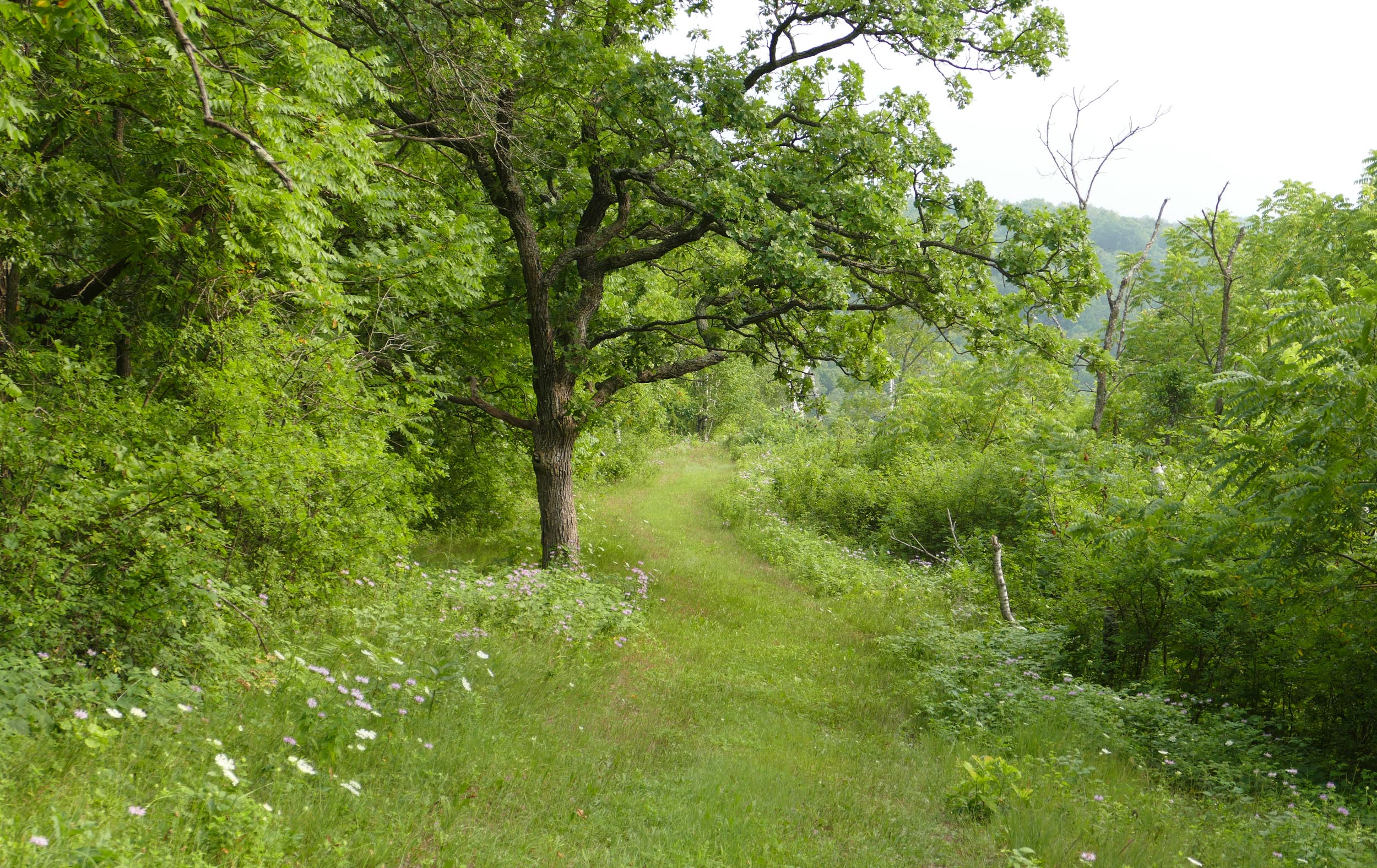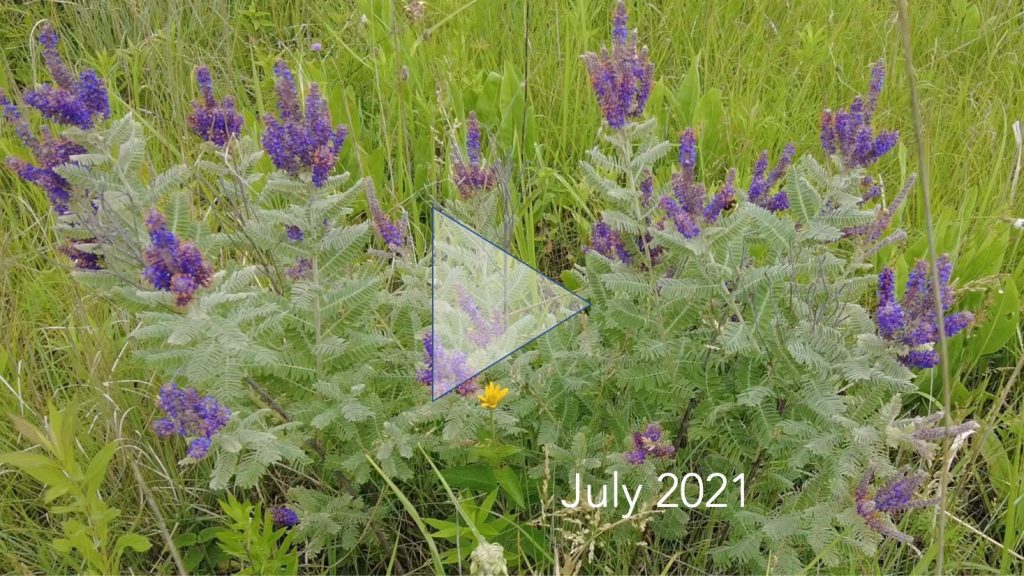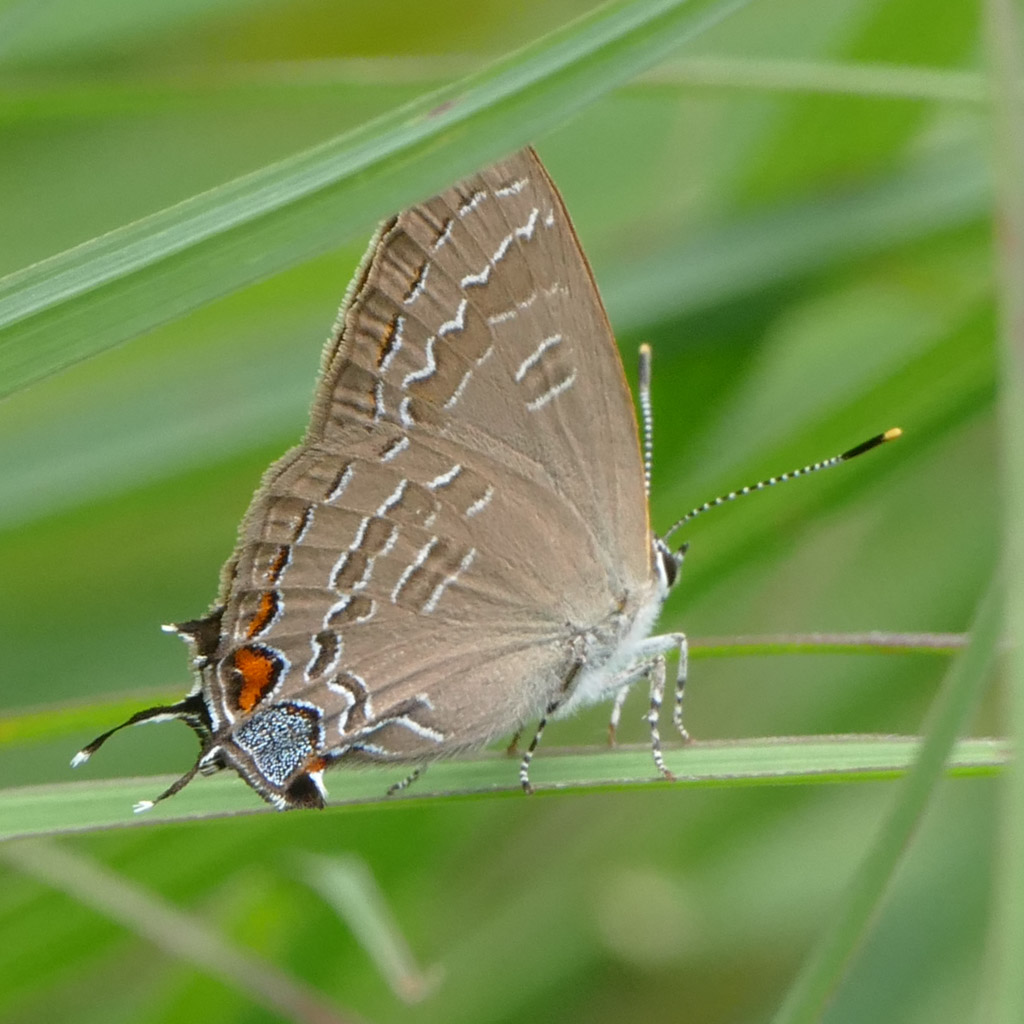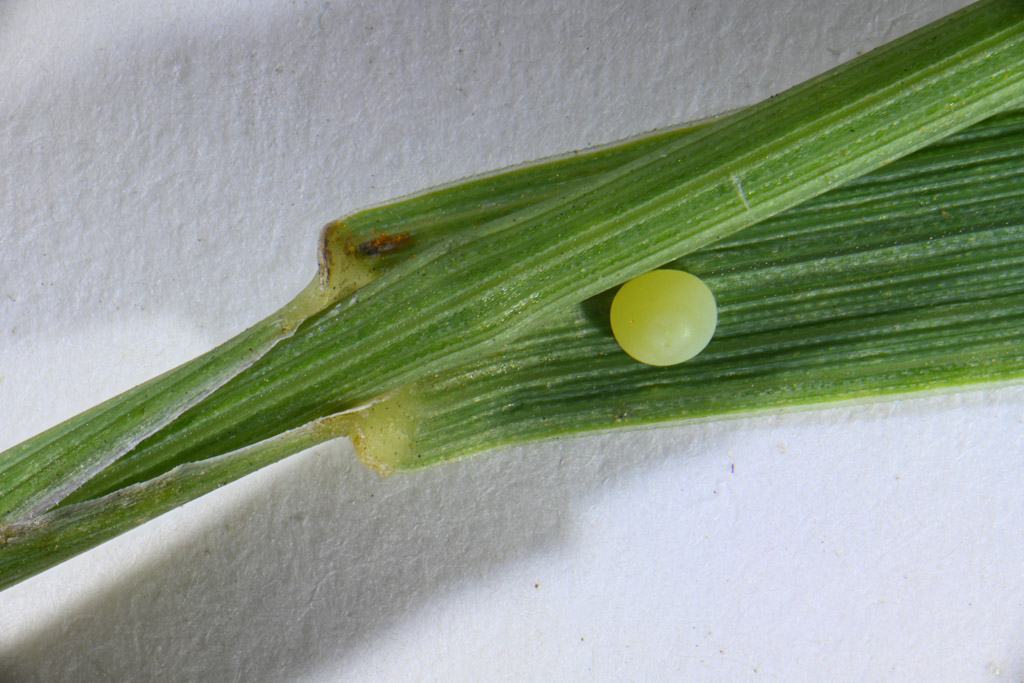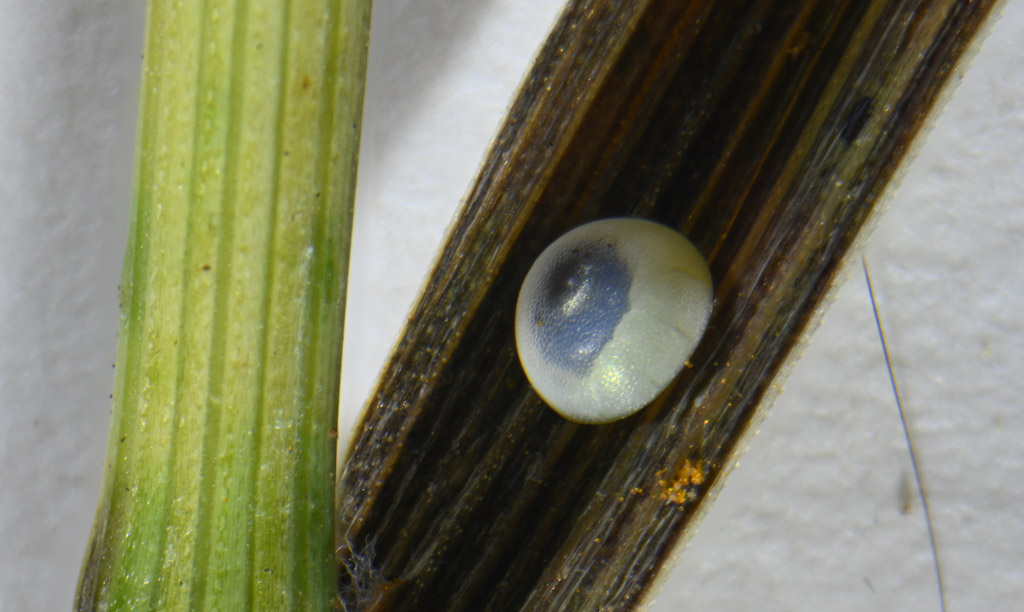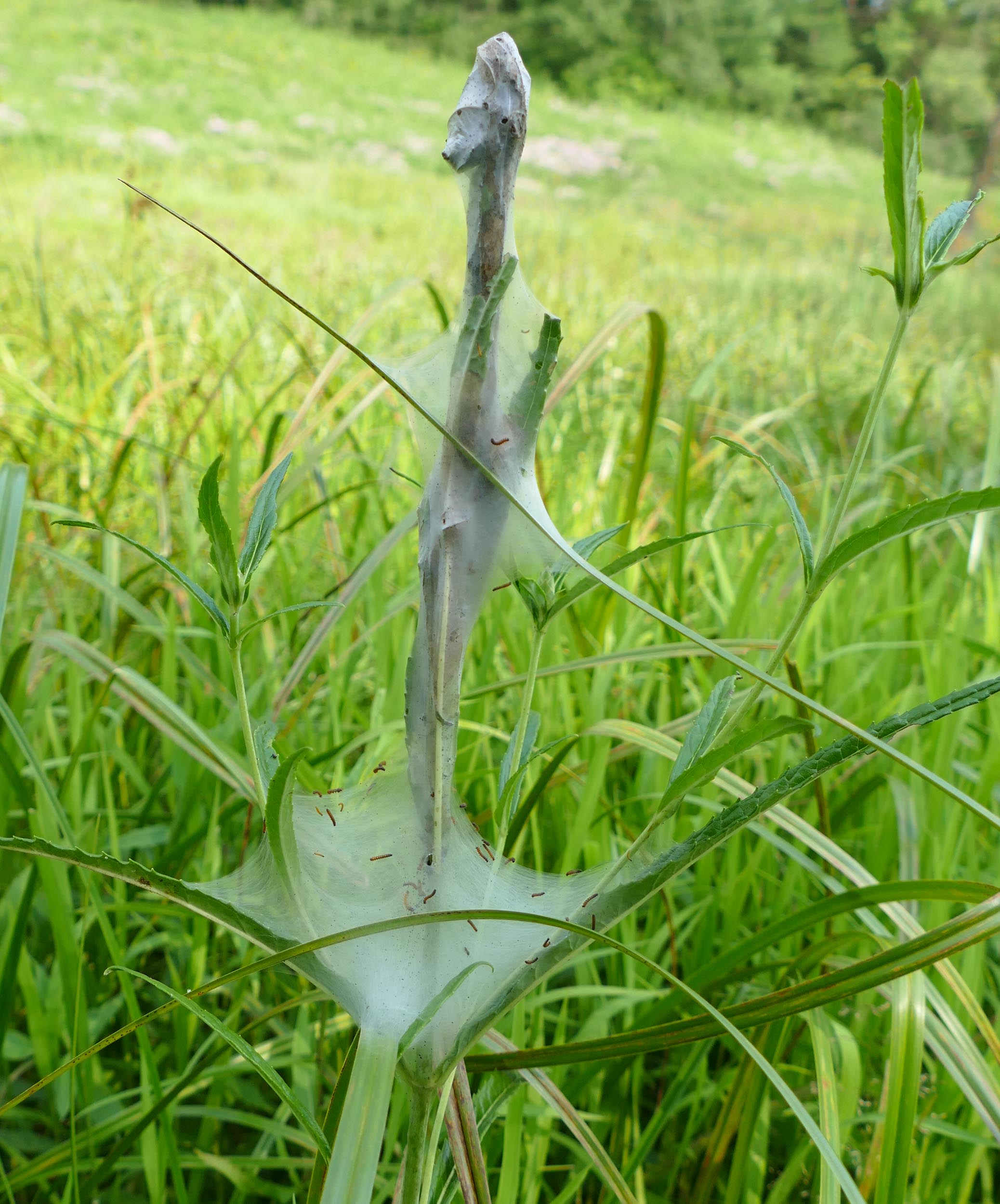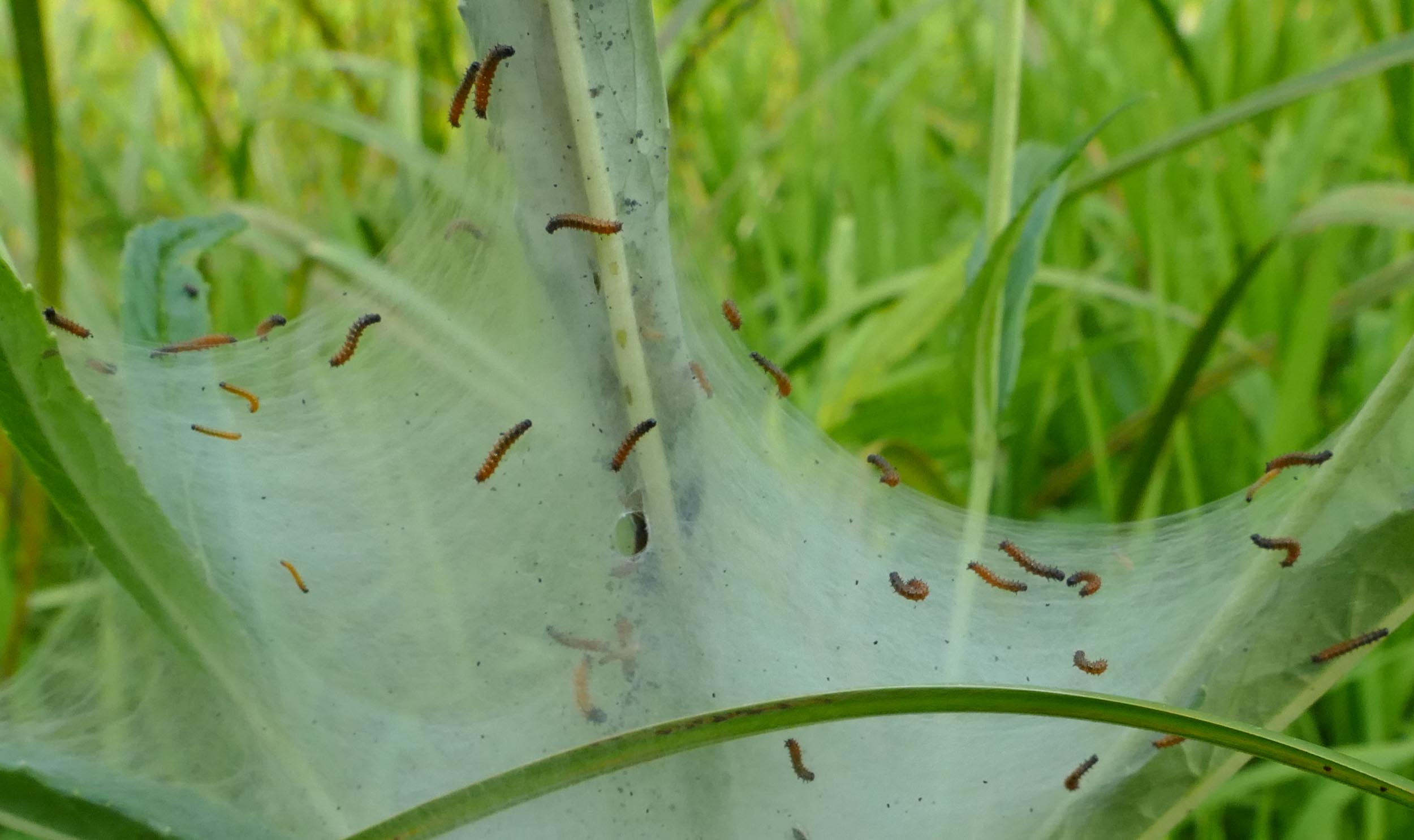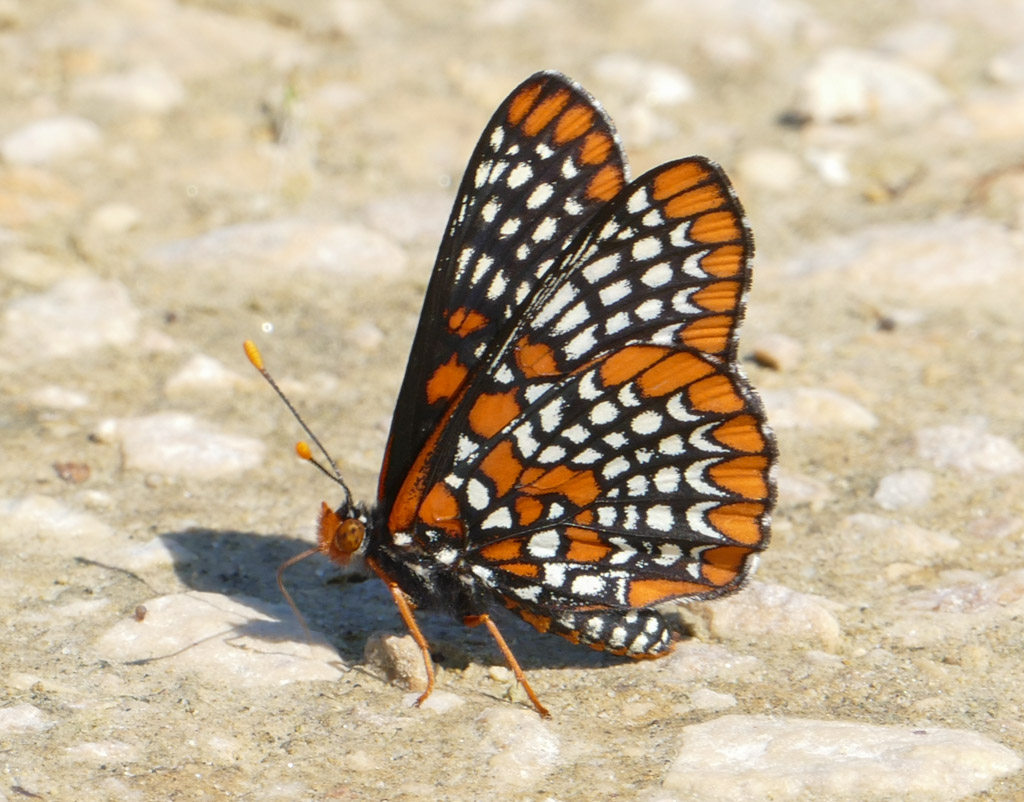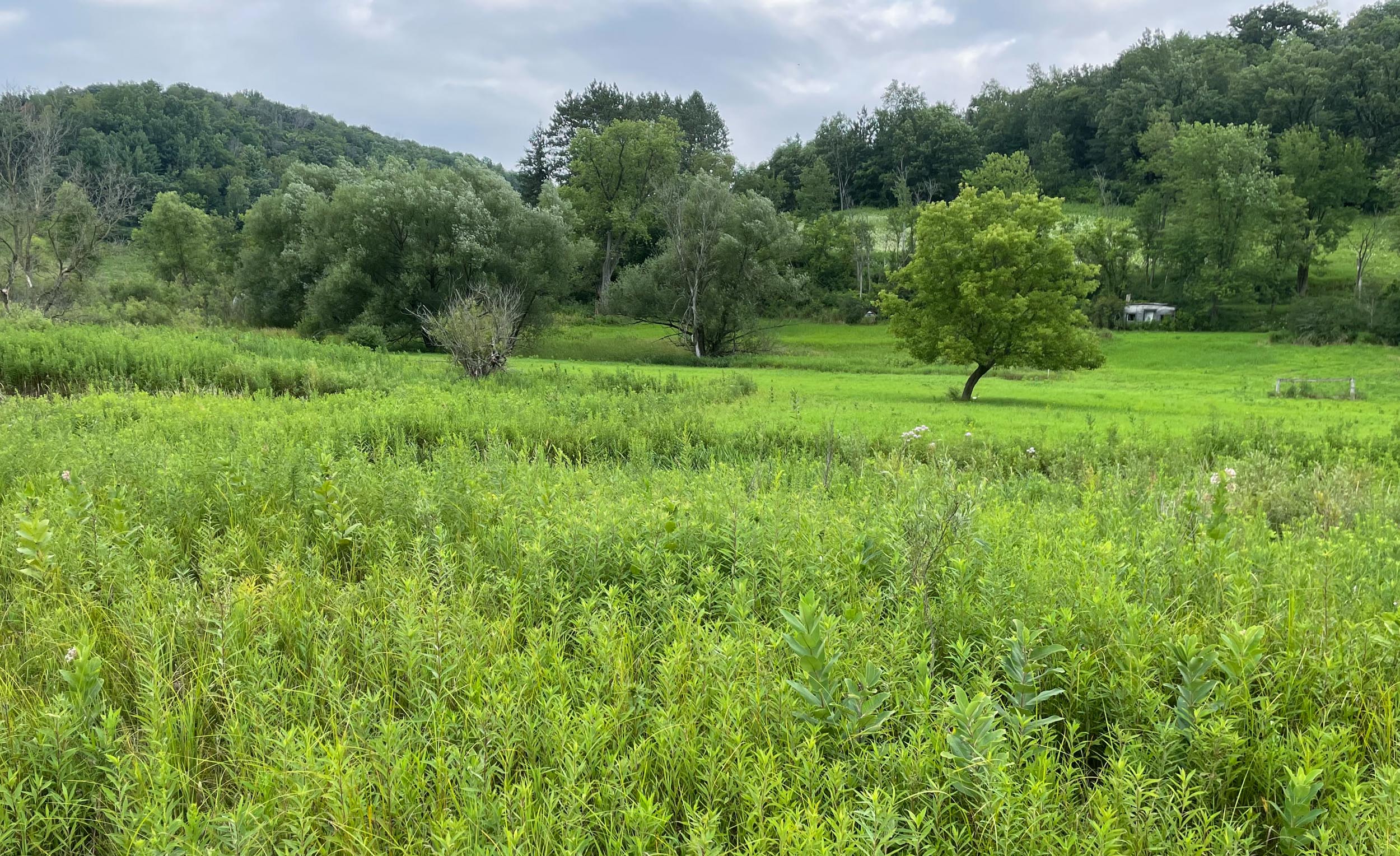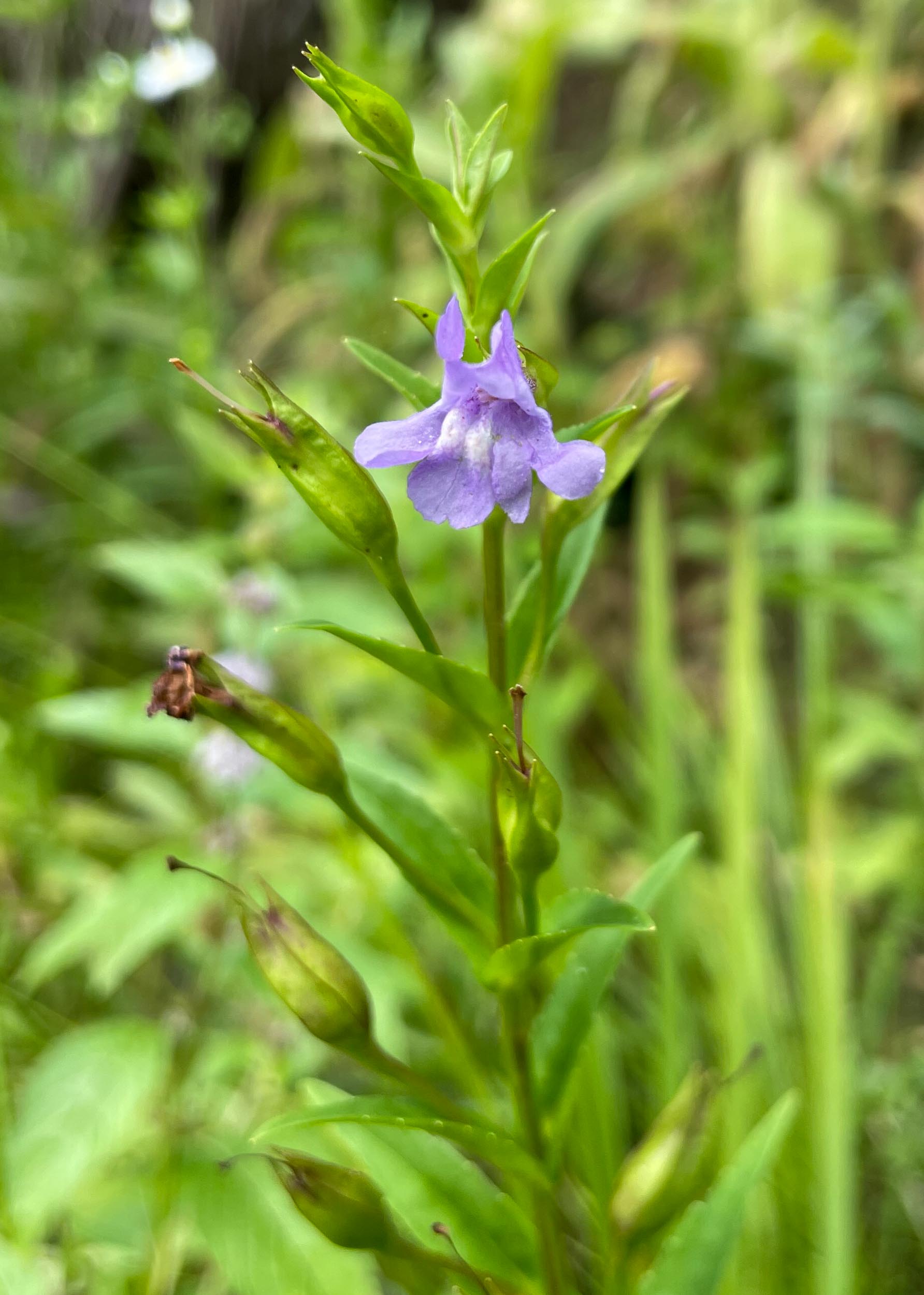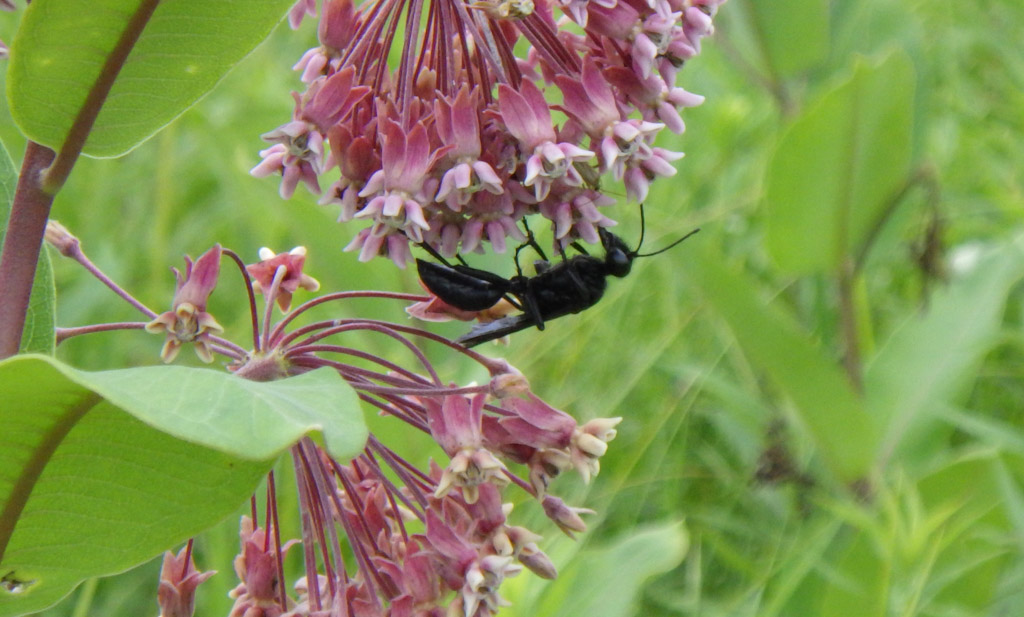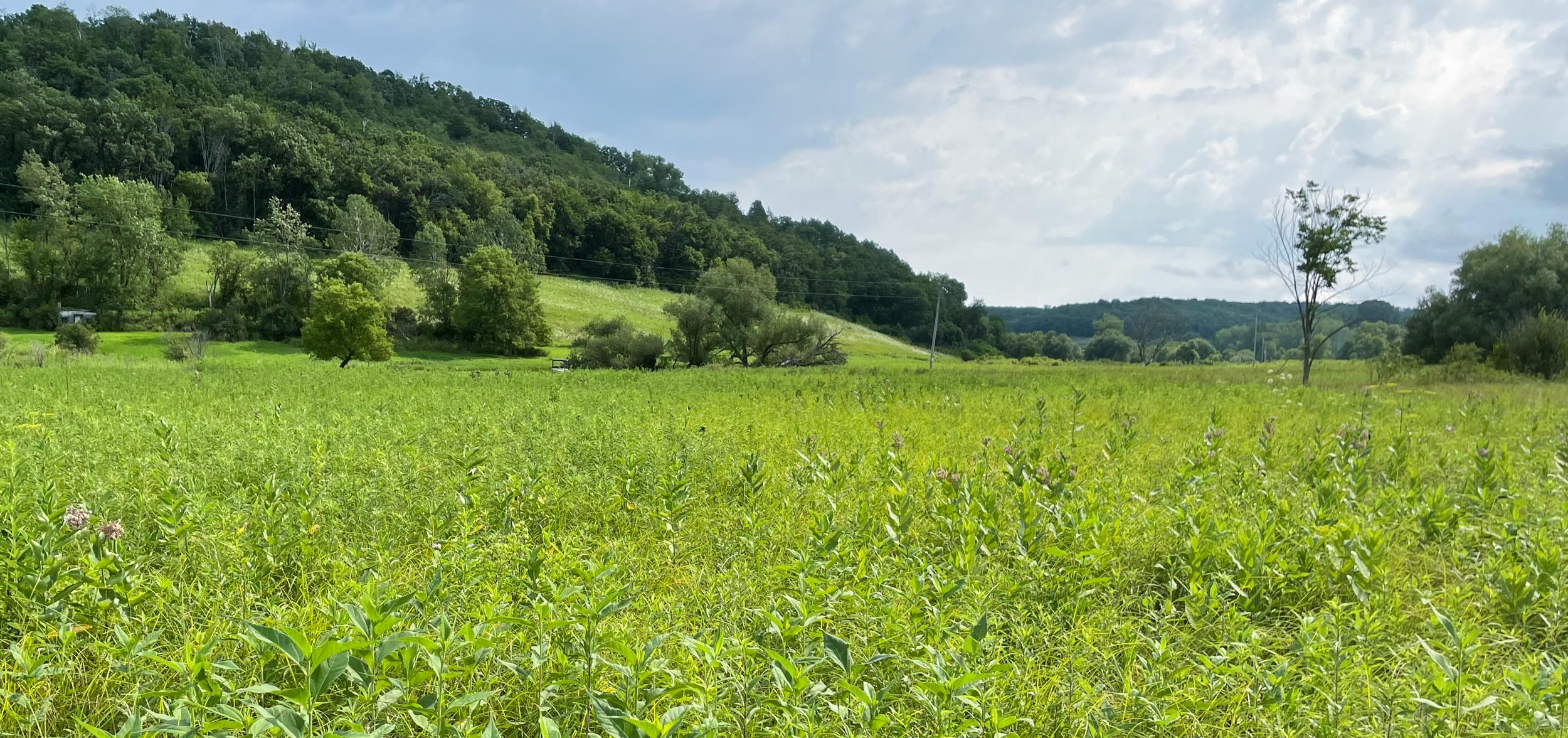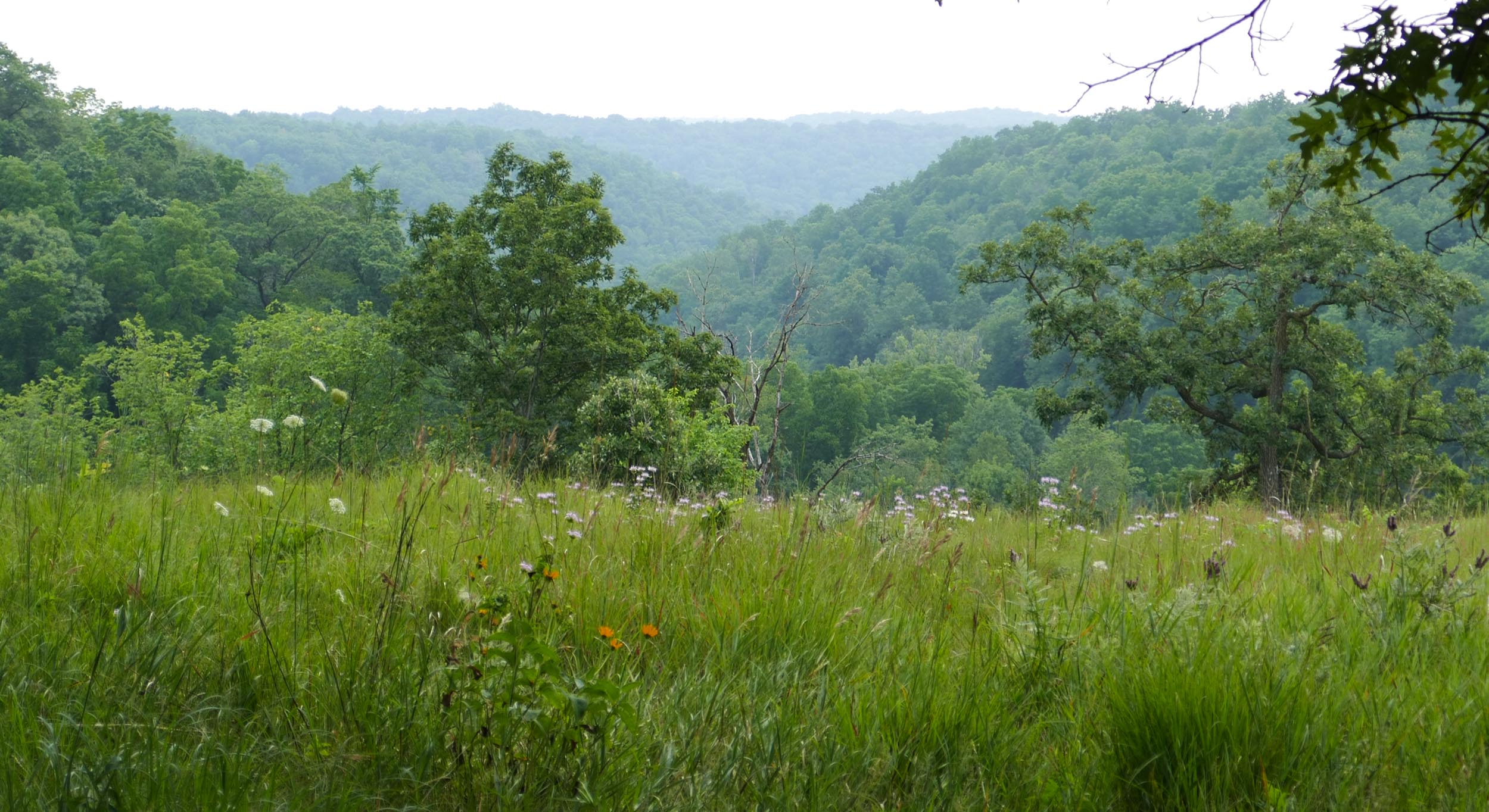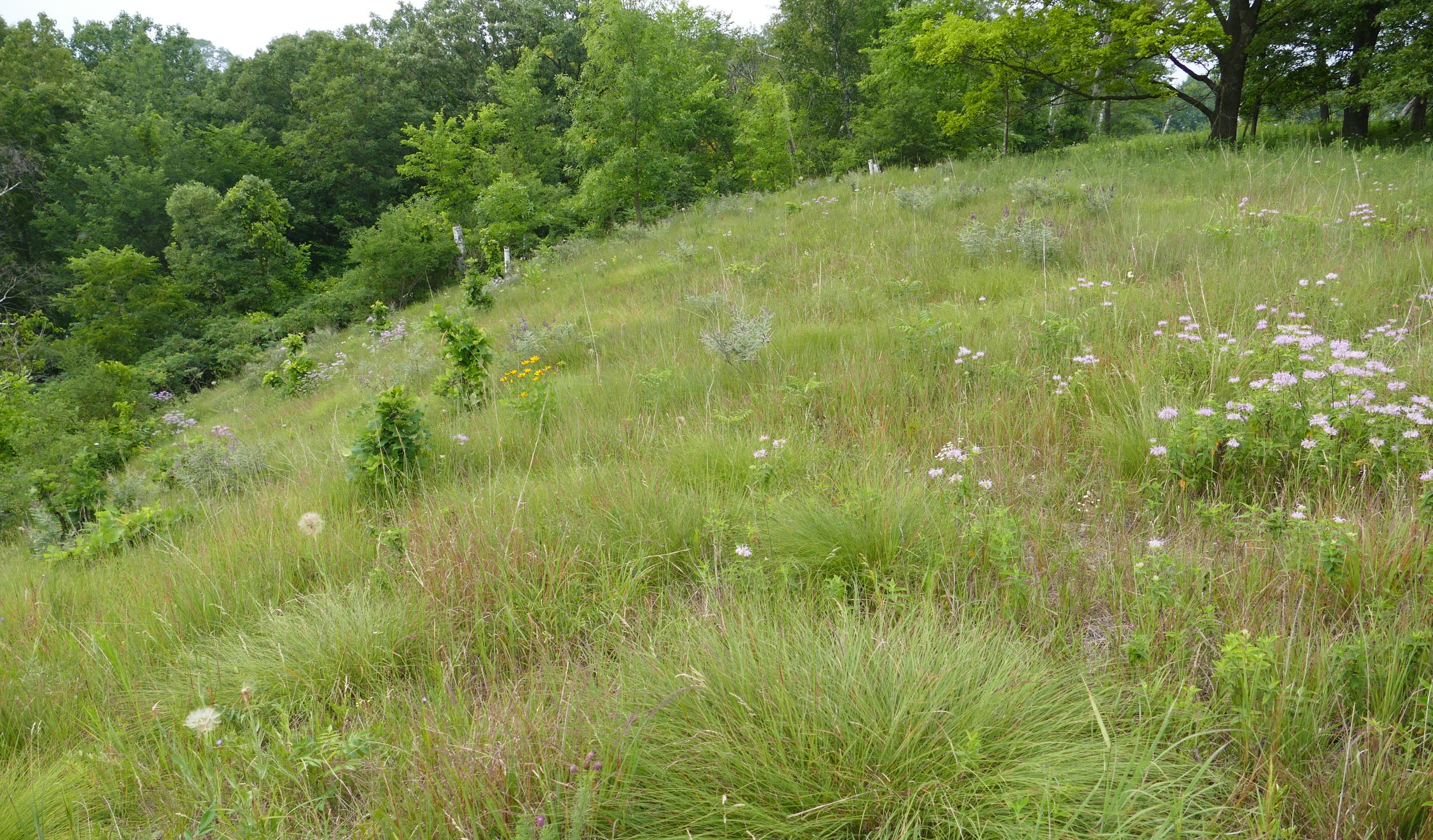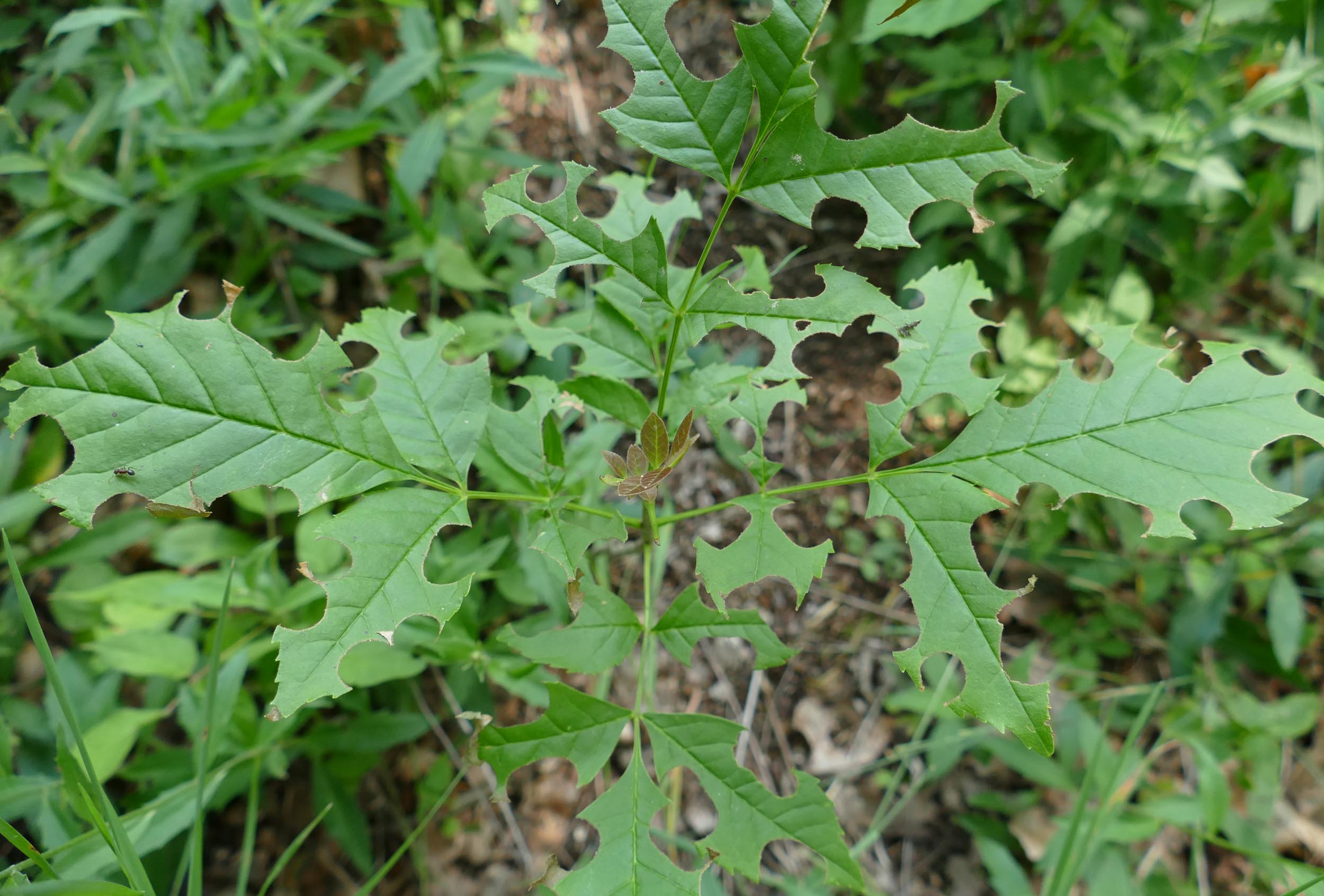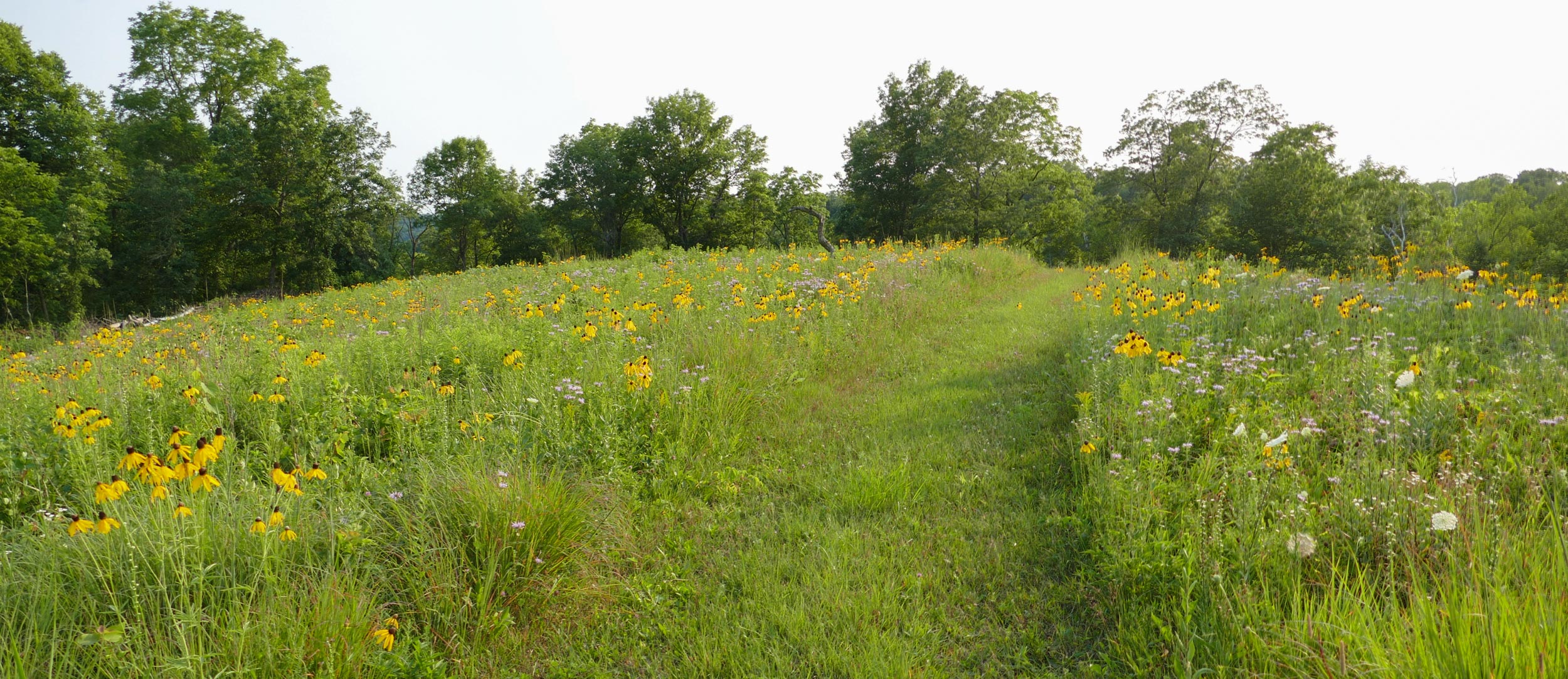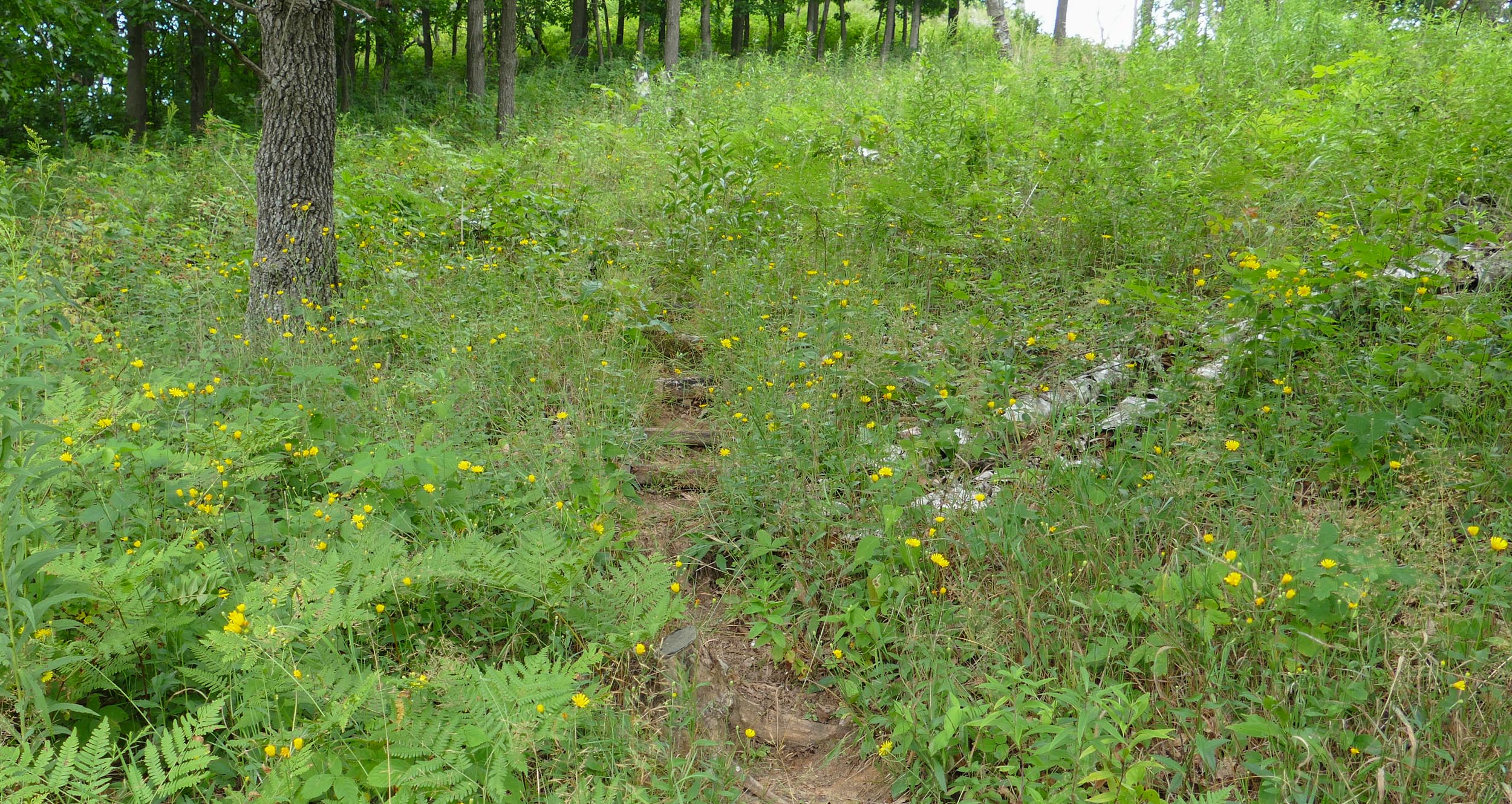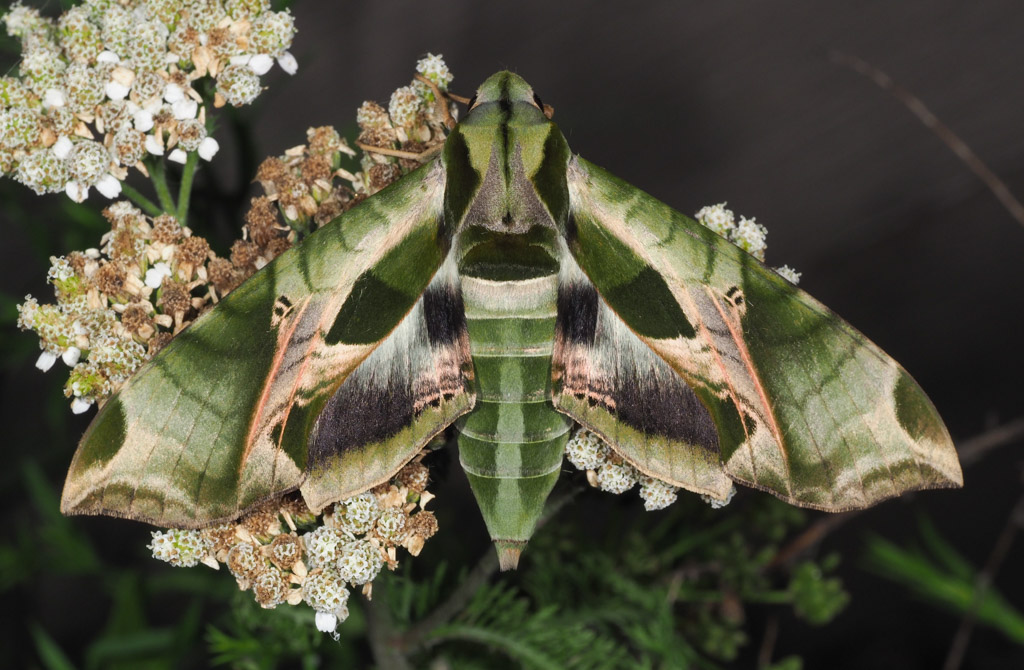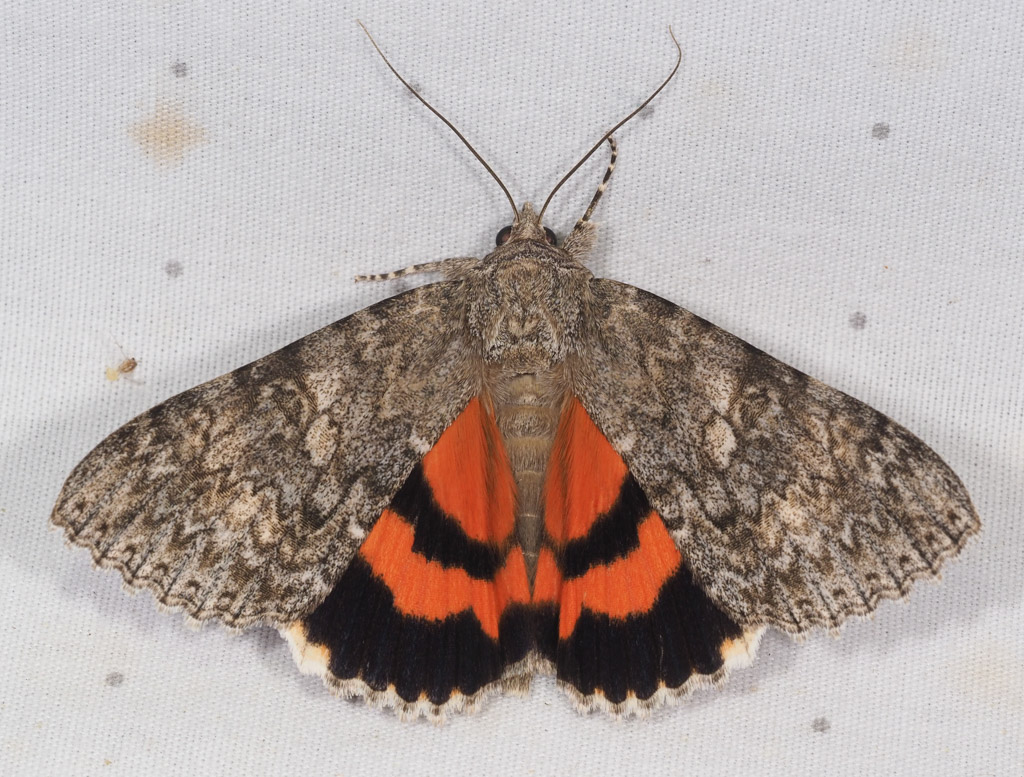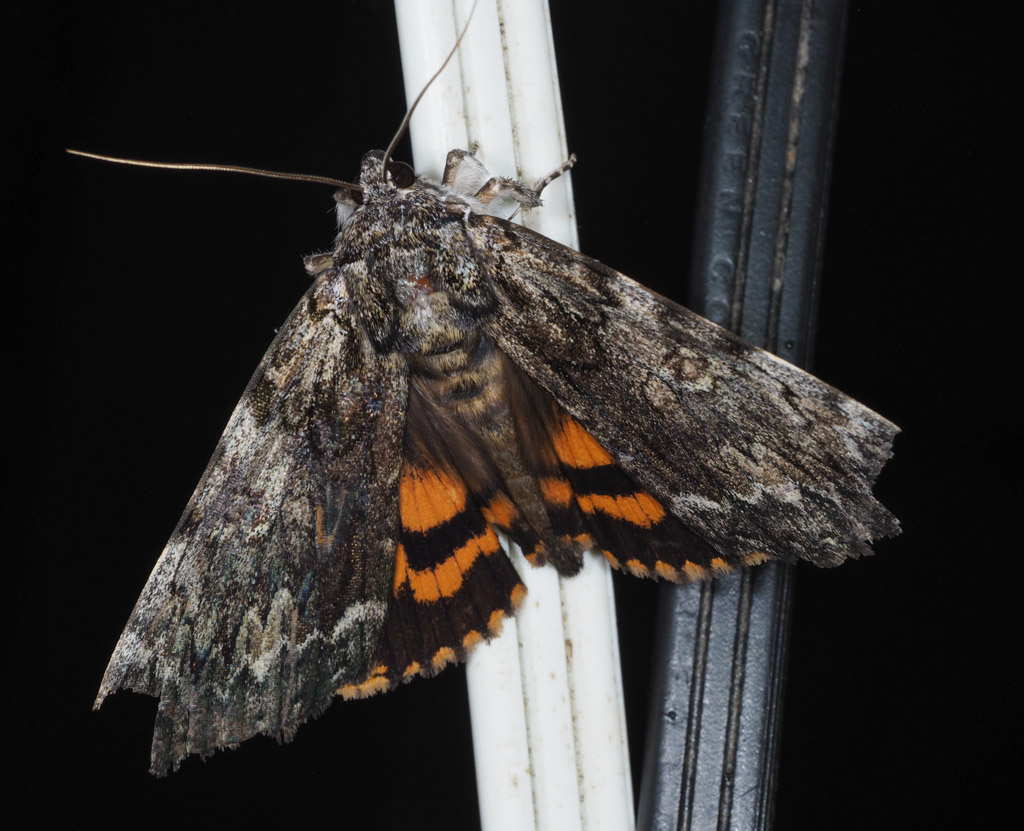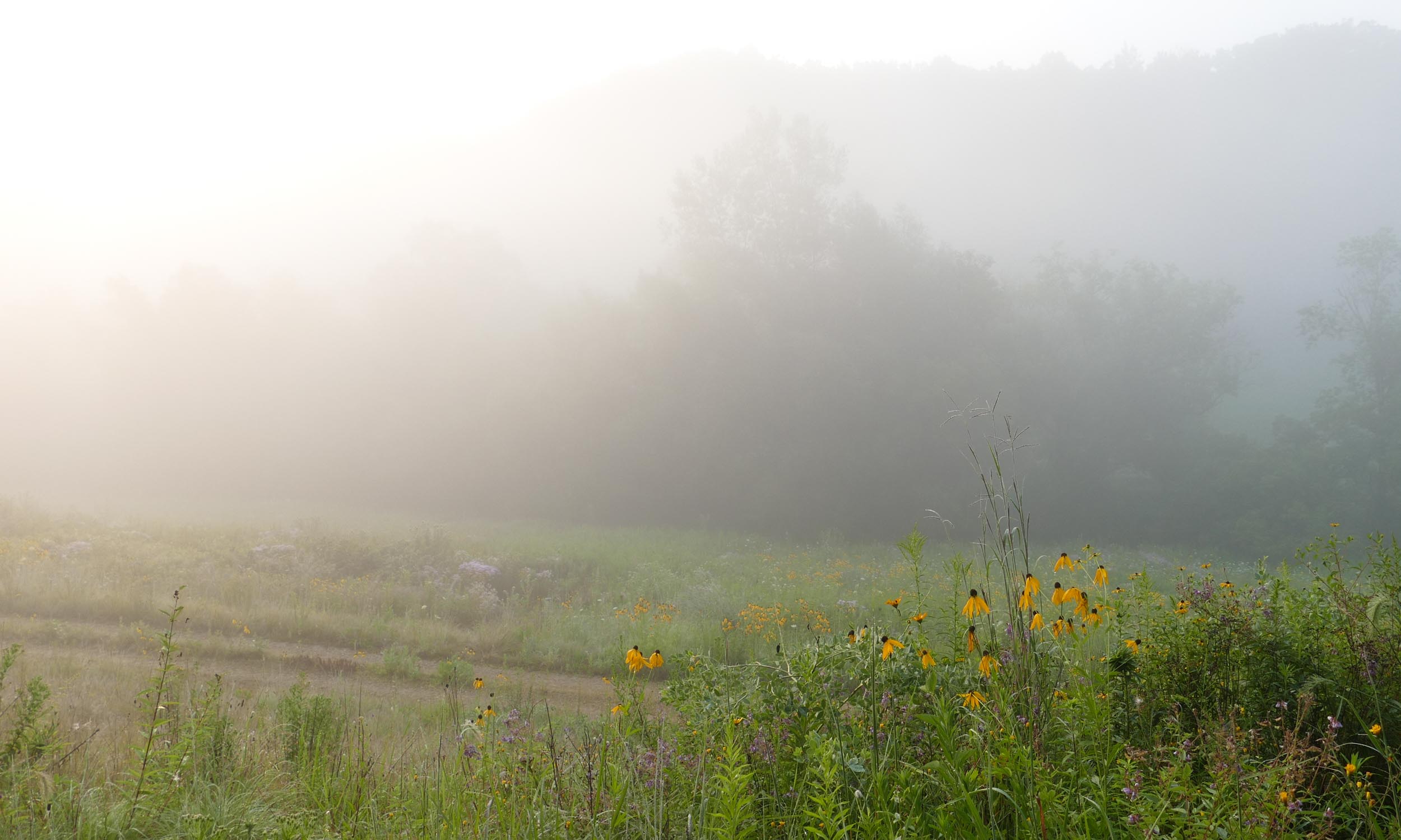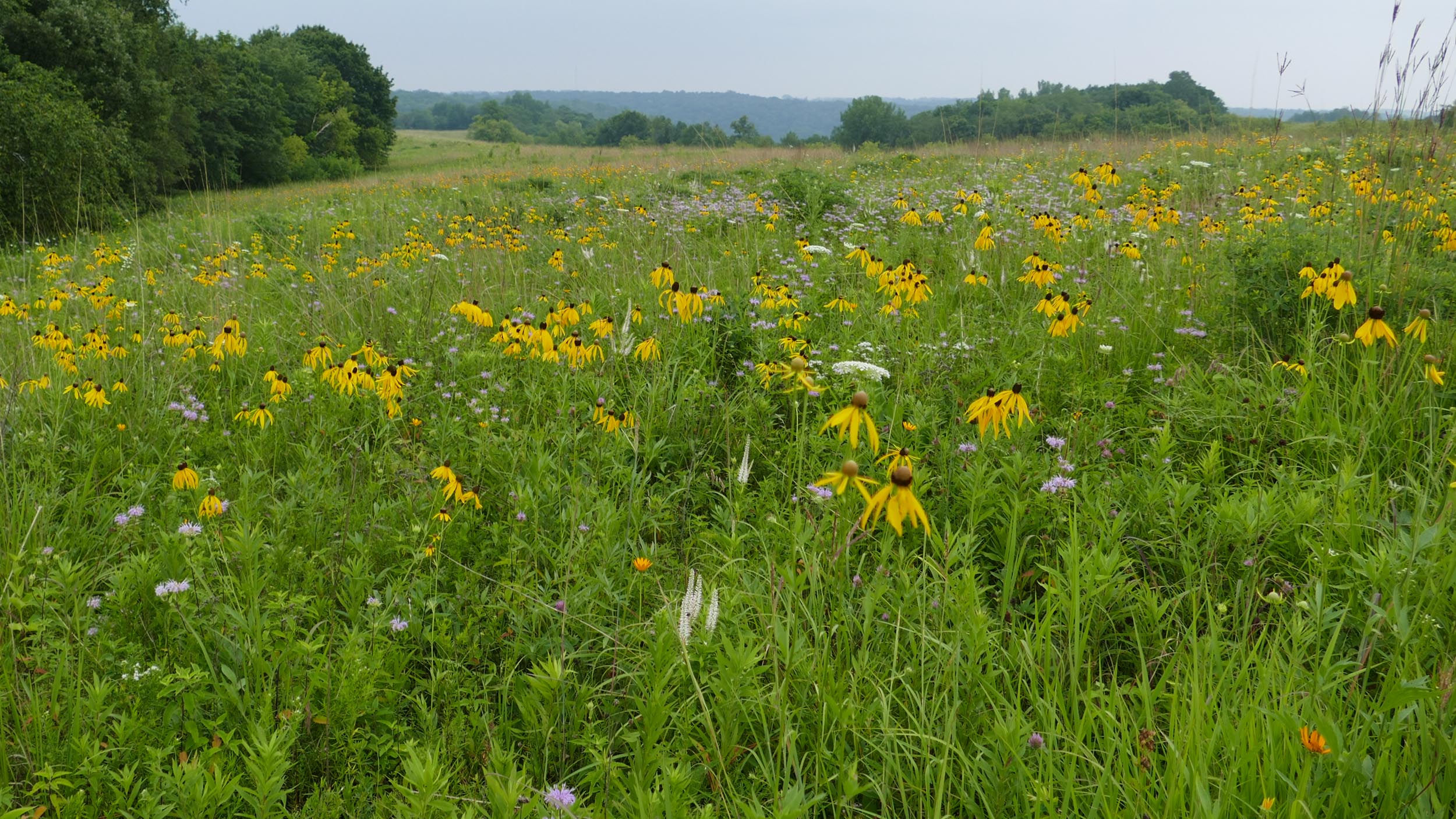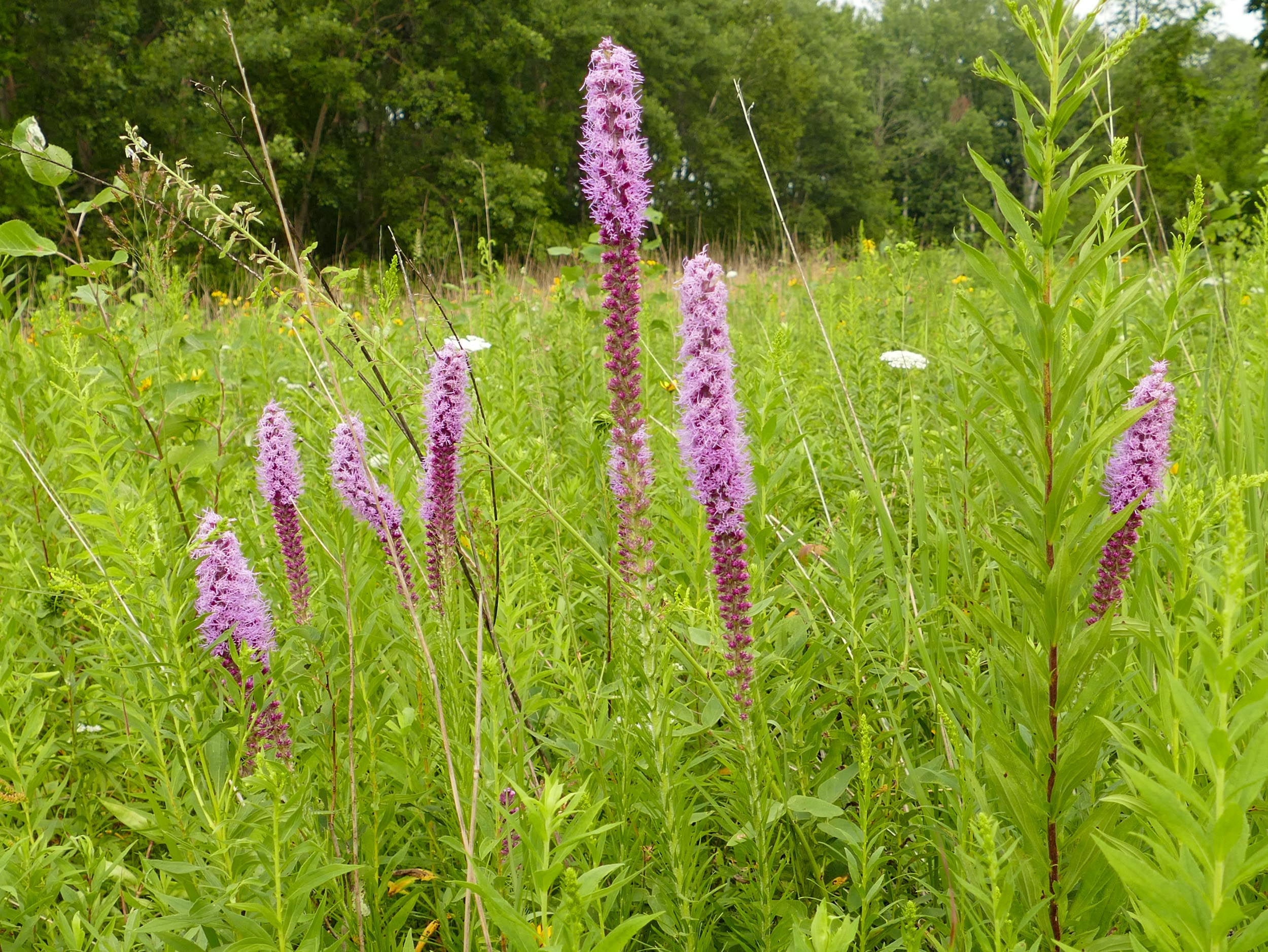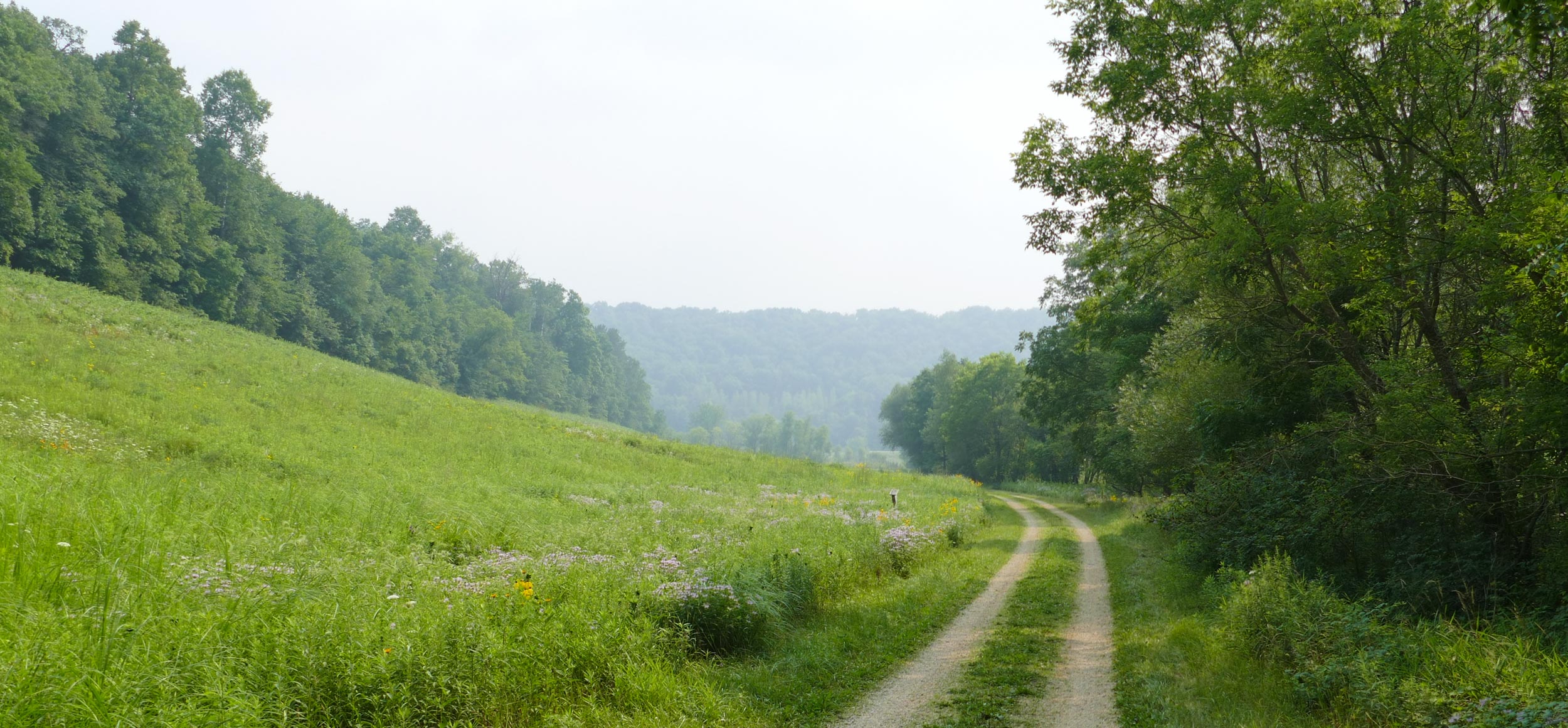The weather has been hot and on some days hazy with smoke from the western wildfires.
Here’s our Center Valley on a hazy day. At times like this the air smells like smoke.
The flowers this month have been spectacular.
Yellow Coneflowers in the Cat’s Paw Prairie.
Buffalo Ridge Prairie – planted in the winter of 2004/2005. Yellow Coneflower, Oxeye, White-wild Indigo, Monarda, and Culver’s Root.
More Yellow Coneflowers
Two colors of Monarda – most of the flowers are a dull purple color, but once in a while I see clumps that have white flowers.
Twisted Oak Savanna
This is a sunny prairie opening at the edge of Twisted Oak Savanna. We’ve cleared out small trees and brush, and now the flowers are coming back. These are Bottlebrush Grass and Green-stemmed Joe-pye Weed with a Monarch.
And this is Big-leaved Aster. I’ve found it growing in many of our overgrown savannas but, maybe because they’re so shaded, it never blooms. I finally found it blooming in one of the cleared parts of Twisted Oak Savanna.
The Knife Edge – the narrow ridge that leads to another of our bluff prairies. One of my hopes for this fall is to clear out some of the bushes and trees on the right in the photo. It’s a steep west-facing hillside, and there are prairie plants growing under the brush.
Here’s Mike’s July Mini-video – with all the prairies in bloom.
We did our annual butterfly count on July 10. We did pretty well – 35 species. (Click HERE for the list.)
My favorite was the Hickory Hairstreak – I’ve only seen this species once before and this is my first reasonable photo.
We saw several Delaware Skippers.
One of them was laying eggs and we found one of the eggs – on a grass leaf, tucked in behind the stem.
Here’s the egg a few days later – just about to hatch.
And here’s the newly hatched caterpillar – only a few millimeters long.
I’ve been watching for Baltimore Checkerspot caterpillars in the wetland. I found several large clusters of eggs in June, and now the caterpillars have hatched and are living in the silk nests they’ve built on Turtlehead plants.
The caterpillars are still very small – half an inch long or less.
For the rest of the summer they’ll eat Turtlehead leaves, and grow a bit bigger. In the fall they’ll make new nests closer to the ground where they’ll spend the winter. In the spring they’ll come out of hibernation, eat and grow some more, pupate, and then emerge as adults.
Adult Baltimore Checkerspot from last month
I’m finally finished pulling Wild Parsnip for this year. I’ve been working on it nearly every morning for more than a month, so I’m ready to do some different projects. But it’s been fun to spend time in the wetland.
This shows two of our wetland meadows – No Bridge Meadow in the foreground, and Farmhouse Meadow beyond the creek. (The creek is below the level of the plants so it’s invisible from this angle.) Mike mowed Farmhouse Meadow earlier this summer to help control Reed Canary Grass. Beyond the mowed meadow are a few of the old farm buildings that are still standing.
This is the old farmyard – between where the farmhouse and the farm buildings used to be. It’s grown up to be wet and weedy – with Reed Canary Grass and Wild Parsnip. I’ve been pulling Parsnip here for years, and since it was so dry this year, Mike was able to mow for Reed Canary Grass. So far it looks much better – filling in with sedges.
I spent a few mornings wading the creek, pulling parsnip that leaned out over the water. It’s cooler in the water (even wearing waders), and fun to see what’s down there. Here’s an ancient willow that has bent almost double and leans across the creek.
Monkeyflower – growing on the muddy bank
I think this is a Great Black Wasp nectaring on Common Milkweed. It’s a striking insect – more than an inch long and very black.
This is a common weedy flower that grows in both wet and dry places called Self-heal. There’s some debate about whether it’s native or not. It’s in the Mint Family, and it’s flowers are beautifully complex – almost orchid-like.
Here’s another view of No Bridge Meadow. Sedges are creeping in from the sedge meadow along the southern edge, and most of the flowering plants are native wetland species – including lots of Common Milkweed.
Michigan Lily – another wetland meadow flower
The haze makes it easier to see the layers of hills in the view from Hidden Oaks Point.
The bluff prairie on Hidden Oaks Point – looking back at all the places we have yet to clear of brush.
Small Ash trees are favorites of Leaf Cutter Bees. The bees saw off circular pieces of the leaves and carry them away to use as partitions between chambers where they lay their eggs.
The Knife Edge Prairie
Our path up the hill behind the house has a sprinkling of the yellow flowers of Northern Hawkweed – a native savanna plant.
I’m still setting up my moth lights a few times a month. This is the largest moth I’ve seen for a while – a spectacular Pandora Sphinx.
Underwing moths start appearing toward the end of summer. They have drab forewings and brightly contrasting hind wings.
Meske’s Underwing – a new species for me.
Ilia Underwing – It looks like a bird took a bite out of this one’s wings.
Sun rising through the mist
Buffalo Ridge Prairie
Prairie Blazing Star in one of our planted prairies.
More afternoon haze in East Center Valley
We don’t have a good name for this prairie yet. So far we’re calling it ‘Surprise Prairie’ because we were surprised that it worked. It was a small abandoned field for many years. Starting in about 2015 I threw extra seed there, and then in late fall of 2017 we had it sprayed with Roundup and planted more seeds that winter. We’ve mowed it a few times, and I’ve removed invasive thistles, but mostly we forgot about it. It was nice to see so many flowers bloom this year.
The entrance to our house is especially nice this year. Hoary Vervain has taken over, and it’s so pretty that even Mike doesn’t want to mow it down.

